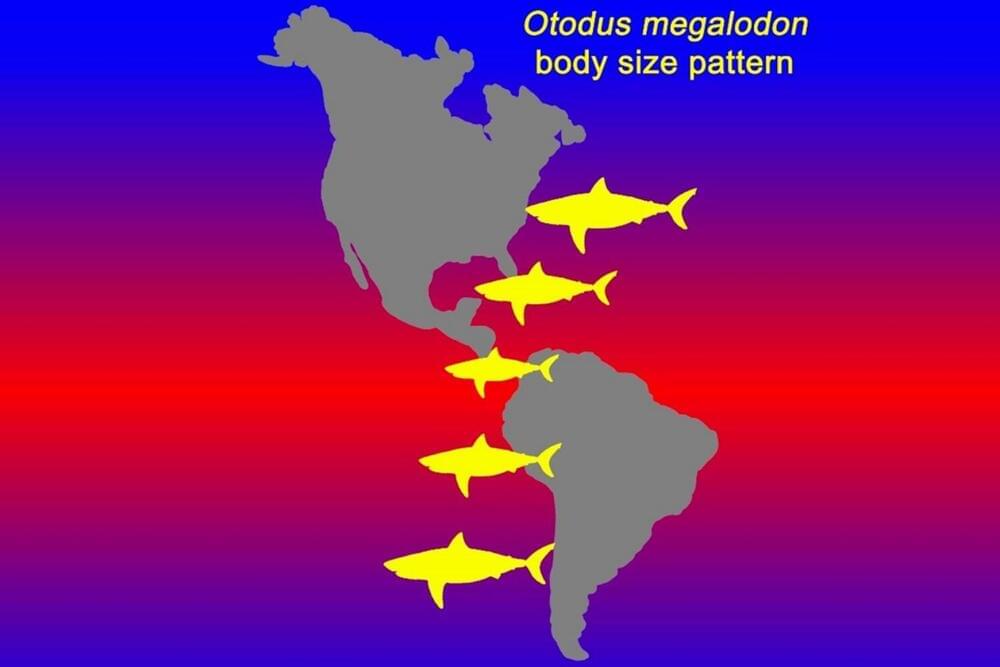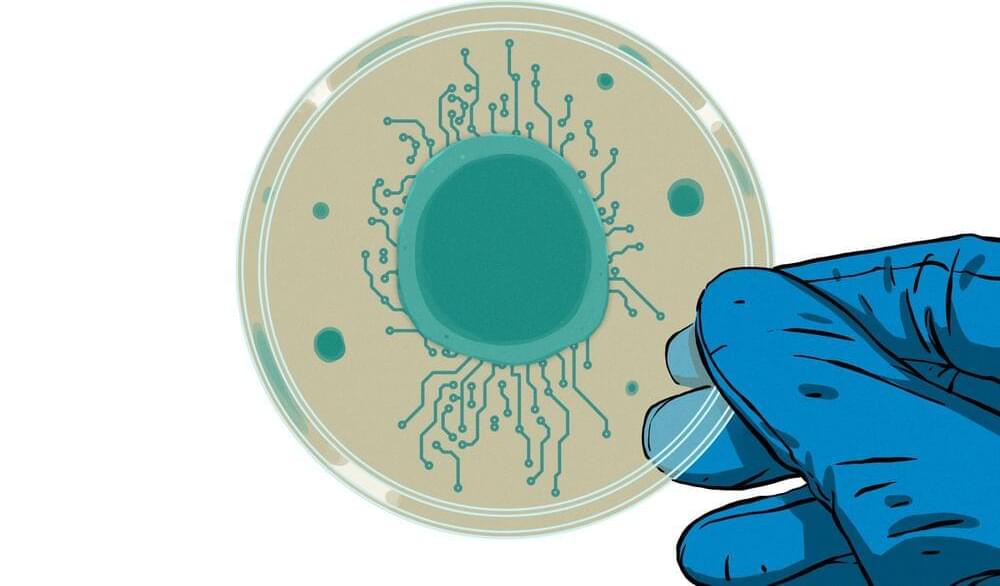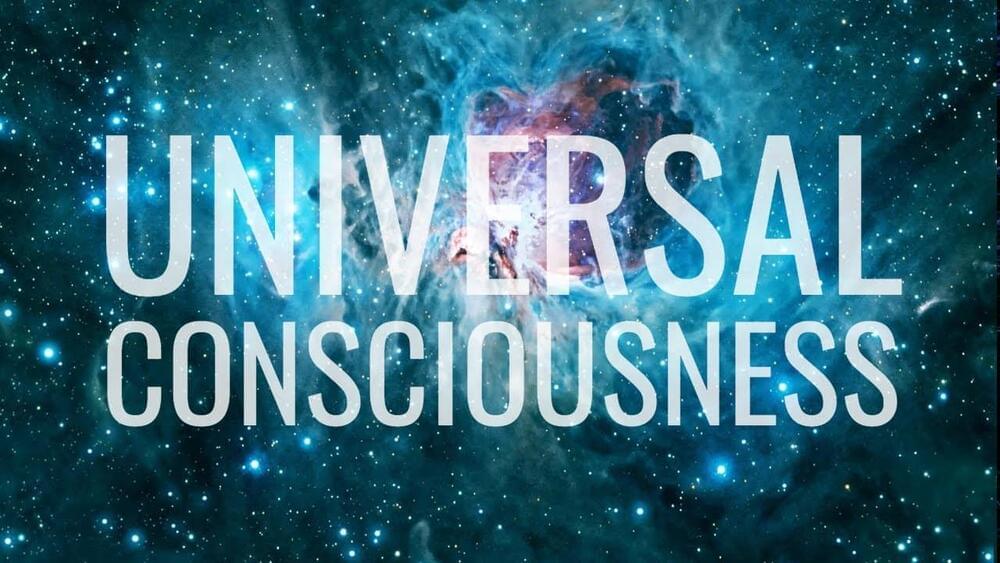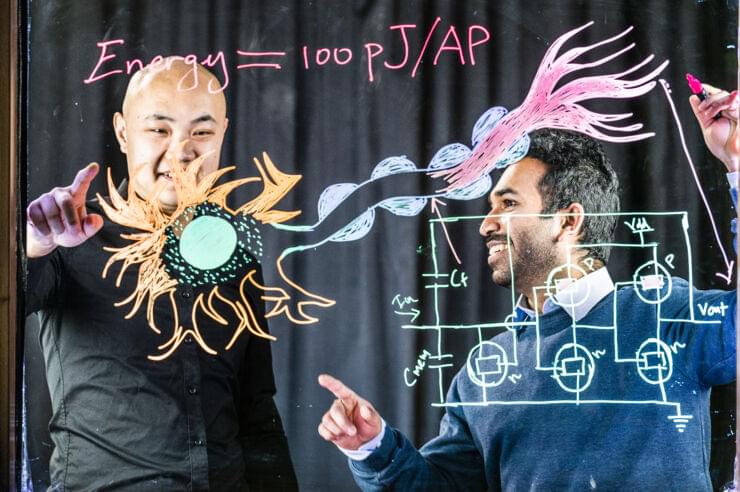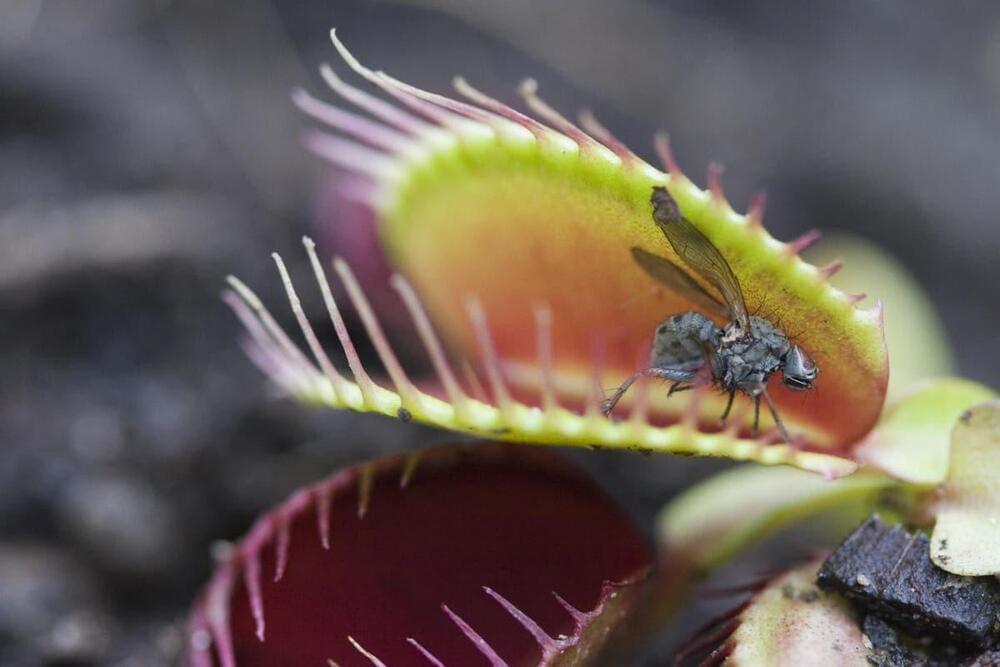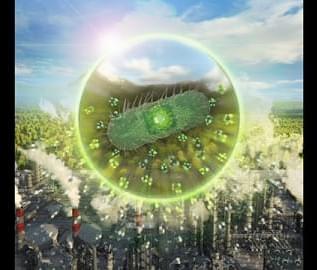Mar 11, 2022
These Advanced Nootropics Are Specially Formulated to Help Fight Mental Fatigue
Posted by Dan Breeden in categories: biological, neuroscience
Supplement companies often market nootropics like they’re some kind of new scientific discovery. However, human beings have been using nootropics to boost mental performance for millennia. What’s different now is that scientists actually understand how nootropics work, and which ones have synergistic interactions with each other.
This new understanding is what helped TruBrain create Brain Food.
Brain Food is a nutritional supplement that has been methodically engineered by TruBrain’s team of scientists to create the biological conditions necessary for peak cognitive performance. Like a lot of other nootropic supplements, Brain Food contains the so-called “everyman stack” of caffeine and l-theanine, a combo humans have been taking for thousands of years in the form of green tea.


